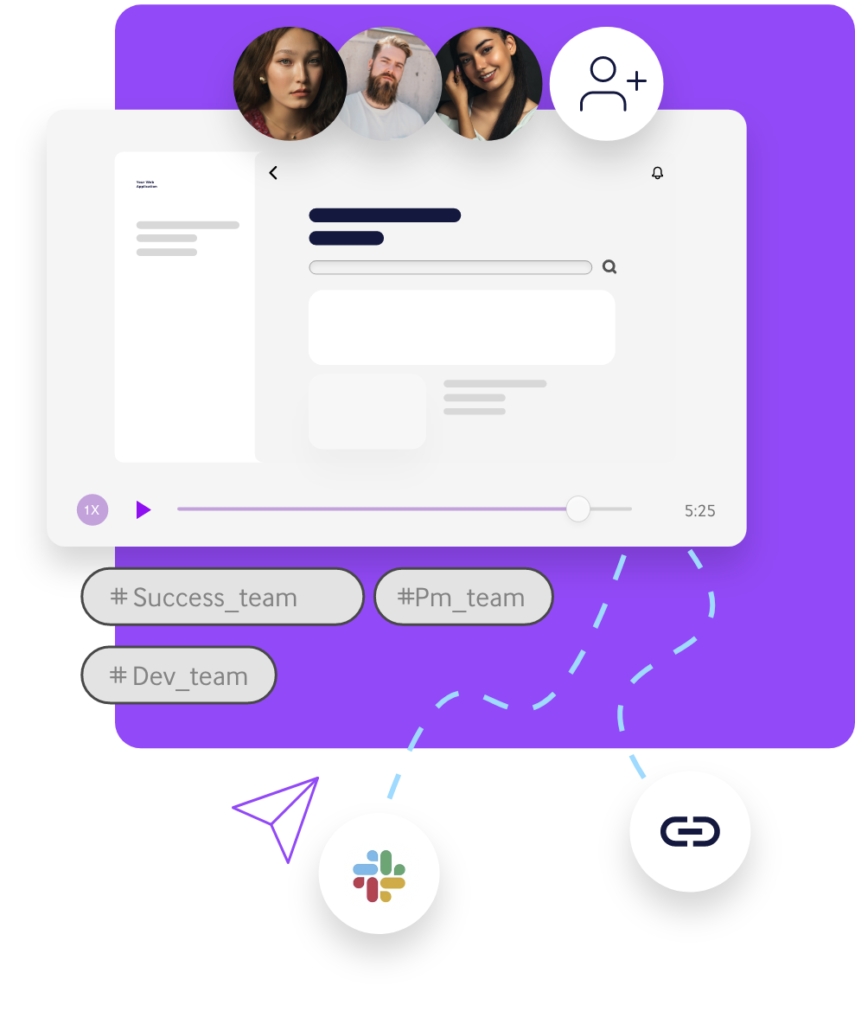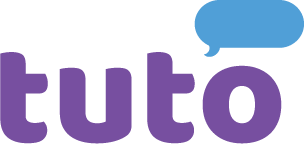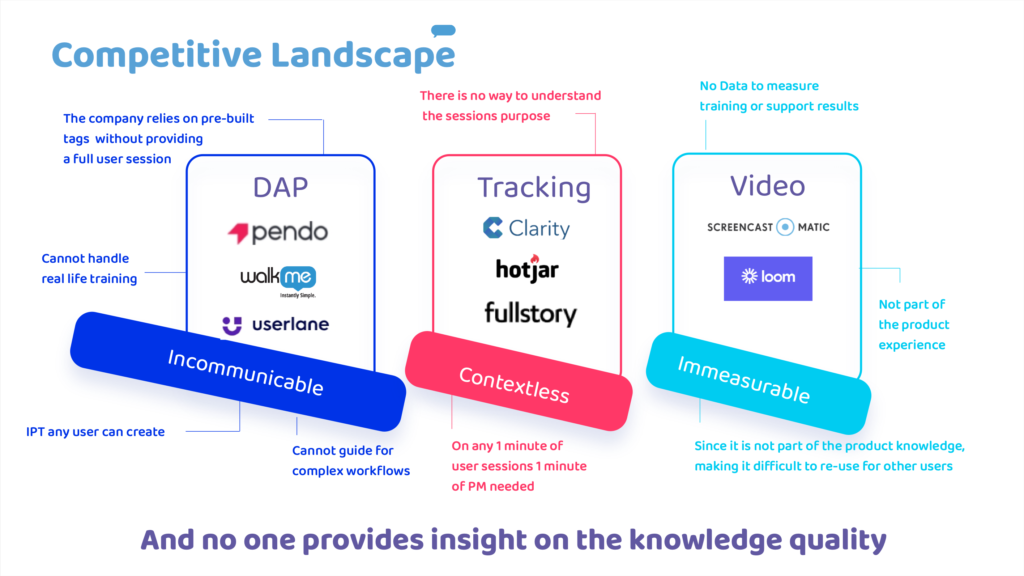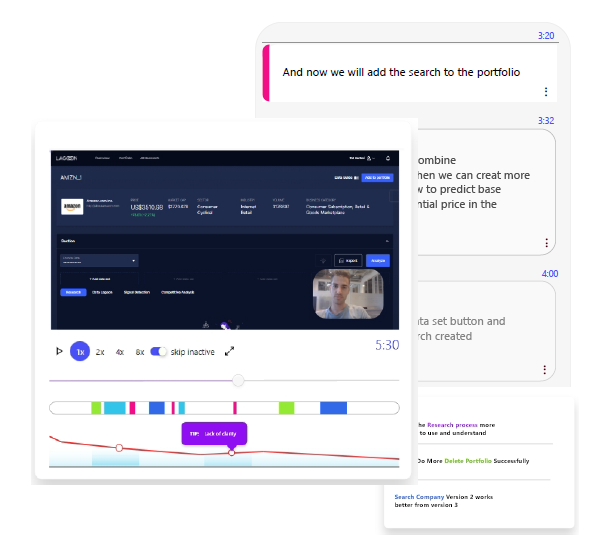For those that have not yet read our previous blog post titled Our Unique Approach to Competition: the tuto Difference!, there we discussed how we as tuto use competition as one of our most valuable advantages. Read our blog here: https://tutoit.io/our-unique-approach-to-competition-the-tuto-difference/
To summarrize that post – we discussed how we see competition as super important for our operations to thrive as we have been doing so in the past. We mentioned a separate blog post that I, as the tuto blogger, saw great value in. Competition is our way to stay on top of the needs in the User Training field
Solving the User Training problem for all said startups is no easy task. Our competitors are each using one of three ‘tools’ as a way of solving the user training field. They believe that these tools are their sole manner in which User Training can be tackled. It is so important that it is aforementioned that we at tuto use all three of these ‘tools’ in our software. This allows us to provide insight on your users’ knowledge quality. For the remainder of this blog, we will explore the tools being used by our competitors. As the tuto blogger, I will show how we are different to them. We will show you what we like to call the ‘tuto difference’.
Tool 1: DAP
Digital Adoption Platform or the more common abbreviation of DAP is loosely defined as a software that businesses can utilize to help their end users get the most of their software. DAP’s have a few main objectives. These are inclusive but not limited to simplifying tasks, removing confusing tasks and measuring adoption from user sessions. DAP’s are powerful assets for any SaaS business to have. However, the problem with current DAP businesses today is that they are incommunicable. These Digital Adoption Platforms perform the tasks without any form of communication with the business. This limits the businesses understanding of how to make necessary changes. In addition, we have identified that DAP’s are inherently flawed in that there is no human aspect. This makes the process of building customer relationships awfully difficult.
With tuto (in place of current DAP’s), it is 10 times easier to create User Training training. We are an open and new world of user generated content that brings clarity to companies about what their users are doing on their platform. Whereas DAP’s only measures right flows.
Of our competitors, those tackling User Training through the sole use of DAP are Pendo, WalkMe and Userlane.
tuto vs Pendo
Pendo is indeed a powerful tool that companies can utilize to gain insights, sentiments, guidance and some level of feedback from users. However, Pendo is flawed in that it is a DAP that is heavily reliant on pre-built tags. Within the field of User Training, tags are our way of shedding light unto user behavior. At tuto, we generate our tags from user sessions instead of pre-built tags. This allows us to have a tuto difference in that our actions are driven by real use cases. Opposed to Pendo, tuto’s main focus is the end user. Through our software, all training sessions are based on new tags from your understanding. Not every user fits a ‘pre-built’ mould.
tuto vs walkme
Walkme is a highly reputable and powerful tool that is used mainly as a tool for product adoption. Walkme markets themselves as a tool that maximizes the impact of your digital transformation. They do this to accelerate your return on your software investment. However, the main flaw experienced by walkme is that their service is a difficult way to create and focus User Training. This difficulty limits the users internal organization market. One of our tuto differences is our ability to provide real life training. This training is simple to create owing to our focus on your internal organization. Customers are constantly evolving and our edge over walkme is our ability to handle the ever-changing needs of our users.
tuto vs userlane
Userlane is a German based DAP business that focuses on guiding and supporting SaaS product users to help give them the best possible understanding of said product. As a DAP, userlane is limited to DAP tasks as mentioned above. Thus, it is incommunicable by the business to the end user. However, with tuto, users can create IPT’s at any given time. Our IPT is a tool for users which helps them predict their customer needs through data driven tracking. Apart from our competitors, here at tuto, we use our proactive video IPT to help predict user mapping. Based on the created segmentation, knowledge, and need prediction, tuto builds for each given user their own learning journey. This is our tuto difference.
Tool 2: Tracking
Tracking in terms of User Training is defined as the monitoring and understanding of users and ways in which they interact with your platform. As like DAP’s, Tracking is extremely powerful as a way for companies to understand the users’ needs. But solely using tracking as a User Training tool is contextless. There is no concrete way for us to know the purpose of each user session. In addition, manual tracking also requires manual labour. For any minute of a tracked user session. That is to say, for every minute of context needing understanding, PM’s need to focus a minute of their time.
Of our competitors that are using tracking to capitalize on the User Training industry is Clarity, hotjar and fullstory.
tuto vs Clarity
Clarity is a CRM (Customer Relationship Management) software with key focus on usability of an end platform. Clarity provides (in general) SaaS companies a way for them to set their CRM objectives for current users. Through its CRM focus does indeed help with User Training. However, it is flawed in that all parameters for CRM and User Training need to manually be set. The tuto difference is proudly seen in that all training is deeply embedded within the software. Our talented team of developers have found a way for automatic training to be present. We do this automatic training through tuto videos. tuto vidoes give you context into the user’s objectives and user’s end goals. With tuto, we can understand your user and your users’ needs on the most internal level.
tuto vs hotjar
Hotjar is a product experience insights tool aimed at providing behaviour analytics of a website in order to help companies understand their customers. Although hotjar is focused on the User Training field, they admit to being a company that has a focus on the companies site. Hotjar successfully does this by complementing the traditional analytics tools namely Google Analytics but fails to understand the end user of the site. Through hotjar tracking, one can understand what is happening on the site, where site gaps lie and how to fill those knowledge gaps.
The tuto difference is that we focus our efforts on the user. At tuto, we believe that the best way to tackle the field of User Training is to actually train your users. We do this through video tracking and feedback. Hotjar fails to do what tuto successfully achieves – user knowledge. We have inculcated the reasons why your users do what they do and help them become power users of your platform.
tuto vs fullstory
Fullstory markets itself as an intuitive digital platform that provides key qualitative and key quantitative data about your end user. The value proposition that fullstory leverages as a way for themselves to be leaders in User Training is that they have eliminated tags as a way of understanding the end user. Therefore, fullstory utilizes a DXI (Digital Experience Intelligence) platform to provide the most valuable insight to a company about the digital experience their user is getting. As with the rest of this category, fullstory utilizes tracking technology to do this. But as we have already seen, this is highly contextless.
Through tuto’s use of real-time tags, we believe that we have outdone fullstory on their tagless approach. In relation to fullstory, our tuto difference is that instead of fullstory’s general overview of users digital experience, our IPT and tuto methodology approach provides much more context to the company in understanding their end users professional levels.
Tool 3: Video
If you are a regular reader of the tuto blog. You are definitely aware that video is crucial in our understanding of users in the User Training field. As with our Future of Learning post? https://tutoit.io/our-proven-and-effective-approach-to-the-future-of-learning/ we highlighted the importance of video. At tuto, we use video daily as a way for us to fully understand our users. With the world moving towards a much more digital approach. For us, video is crucial in understanding our users as it gives us a real-time snapshot of how your users are interacting with your product. tuto uses video as one of its tools but some of our competitors use video as the sole tool for User Training. This sole usage is immeasurable by nature. These competitors are screencast matic and loom.
tuto vs screencast matic
Screencast matic is a recording tool that records user sessions in an attempt to communicate with relevant stakeholders what is happening on an individual site. Recorded videos through their platform is editable and shareable. This allows for companies who receive user recordings to have faster and clearer communication. Screencast matic is a great tool for creation of videos for coaching, marketing and demos. But is poor in their ability to provide training to the users. Screencast matic lacks the ability to measure their recorded sessions providing little to no analytical insights into user knowledge and user professional knowledge gaps. The tuto difference is that we as a company not only record user sessions. We also provide the necessary data to measure training results. All of our training is measurable.
tuto vs loom
As with screencast matic, loom is solely a screen recording platform. Subsequently, loom’s competitive edge is that of video being for themselves a more efficient, expressive and effective way to communicate. loom is powerful for users that manually want to record their sessions but is defective in its ability to provide measurable results. In comparison to tuto, loom fails to provide measurable insights into user training. Ultimately, The tuto difference is apparent in that as tuto is an automatic training system embedded within the code of a company site, loom is a manual process not part of any product knowledge. Loom is similar to screencast matic in that no concrete data of what is happening in the users video is provided rendering it useless as a tool for User Training.
Conclusion
Certainly, we are surrounded by so many other companies that are trying to tackle the same market of User Training. Similarly, each of these companies have their own methodology within their systems. However, we at tuto have included each of the above three tools into our software. tuto provides you the opportunity to do all the above three and while we do this our main proposition over our competitors is that we provide you with insights on the knowledge quality of your users.
Within our tuto family, we attest to the power of learning by doing and invite you to schedule a free demo today: https://tutoit.io
Till Next Time,
The tuto blogger
